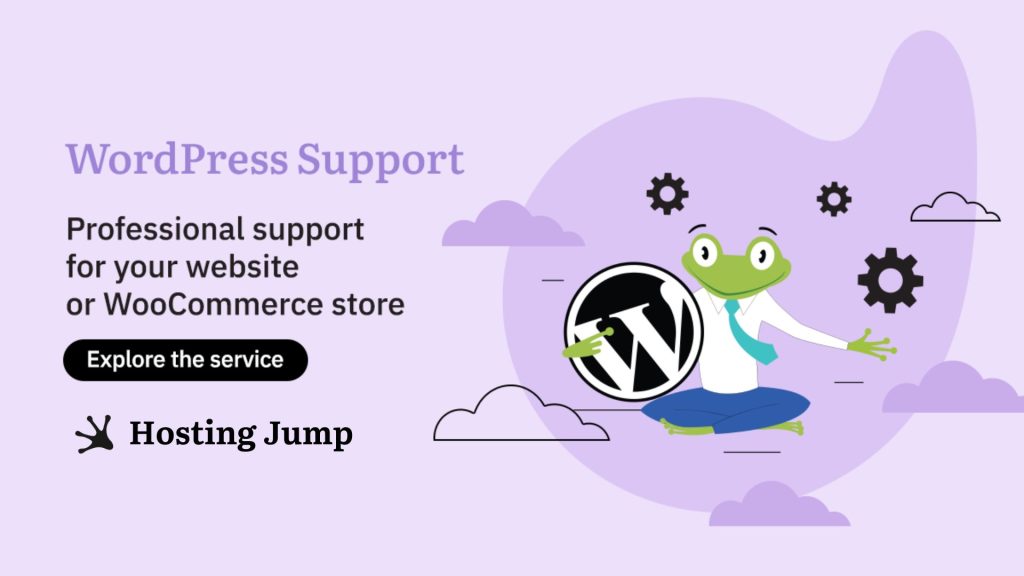In the last article about WordPress 5.0 and the New Gutenberg Editor we addressed some important points for updating both the system and the associated components and themes.
In this article, we will go into more detail about the update process and answer several questions, such as why we should do this, what the consequences can be, and others.

1.“If It Works, Do Not Fix It”
Many people are guided by this "rule". Their site works without any problems and they have the functions they need.
In this case, why update anything? We will answer this question with the following facts:
- Security vulnerability in WP GDPR Compliance version 1.4.2 or earlier - Unauthorised users can execute database queries and change parameters in them. Fixed in version 1.4.3
- WPML Translation Management version 2.4.1 or earlier -PHP Object Injection. Fixed in version 2.4.2.
We could give more examples, but the point is that it is quite normal to find a security vulnerability, be it in a plugin, a theme or the system itself.
Another important point is that often all or most versions are affected before the corresponding fix is applied. This is a classic example of something that appears to "work" without a problem, but is actually a potential threat to your website.
2. New Functionalities
People often satisfy their needs in terms of website functionality by using various plugins. And so they stand for years and fulfil the needs, but how often do you check whether you actually need them?
An example of such a case:
LiteSpeed Cache is a caching plugin, but it also includes a few additional functions such as image optimisation. With the help of this plugin, you can also perform this action. Assuming you have a separate plugin just for this purpose, it becomes redundant at this point and can be removed. This is a great example of how you can use innovations to reduce the total number of plugins used.
3. Improved Performance or Compatibility
This is one of the most overlooked aspects of updates. In a newer version, you may often notice changes along the lines of "improved functionality of a certain feature" or "is now compatible with PHP 7". At first glance, such changes may seem very insignificant to the end user, but it is precisely in them that a solution to many problems is sometimes hidden.
Let us assume that your theme is already compatible with PHP 7. We have reported in several articles that it is possible to improve the loading speed by up to 30% (link). Do not forget that this will also reduce the overall stress on your website and reduce the resources used accordingly. So a seemingly small change can affect your site in a very positive way.
A few examples show that it actually makes sense to update the page. But how do you actually get this useful information - what can you expect from the new version?
4.Changelog, Readme, Development
We use the LiteSpeed Cache plugin as an example. You can find the latest changes here.
In principle, you can find the changes for the respective version on this Development tab. We recommend that you always check this section when there is a new update. This way you know what has changed and what you can expect. Also, you won't miss any new features or changes that could affect your code.
Here's an additional tip from our side - With other systems, you will often find these changes in files of the type "Readme.txt" or "Changelog.txt". We recommend that you always pay attention to these.
5. When You Should Upgrade
Ok, now we know what the new version brings us, we have a good feeling about the changes and it's time to upgrade, right? And … not quite. Let's first clarify that the following text mainly refers to the WordPress system itself, and not to plugins or templates.
Short legend:
- Minor version - This is a small version, in which mainly holes or errors are fixed.
- Major version - A version that makes major changes to the system.
It is almost certain that you can update to a minor version without hesitation. Often the changes there have no effect on compatibility with plugins or templates. This does not apply to major versions. Major changes that can have a significant impact on your site are most often presented here.
In the last article about WordPress 5.0 and the New Gutenberg Editor you will find information on exactly this topic. We recommend you visit the following page. It contains specific details about the changes in each version.
Also for the future versions that are currently being developed. Theoretically, this information could also be applied to plugins/themes, but here the developers themselves should label which changes are minor or major.
We hope that with this information we can show you that you can save yourself a headache or achieve better optimisation of your website if you really spend a few minutes a week. Of course, you can always use the "Hit and Pray" alternative, but it's better to wake up with a cup of warm coffee than a 500 error. And if you ever run into a 504 error, here's a guide on fixing a WordPress timeout error.
If you are experiencing difficulties with WordPress and prefer to focus on the business side of your project, take a look at our service - WordPress Support. Our team of experts with extensive experience will take care of the optimal functioning of your website.


